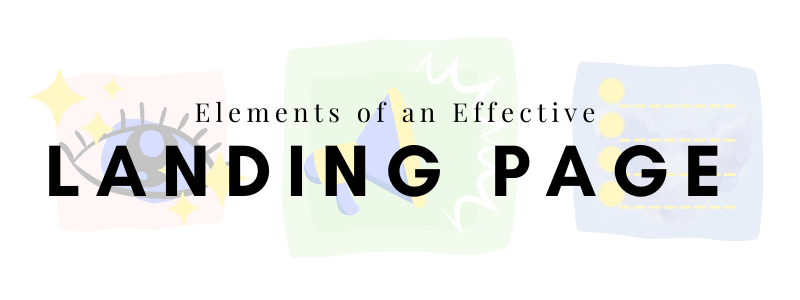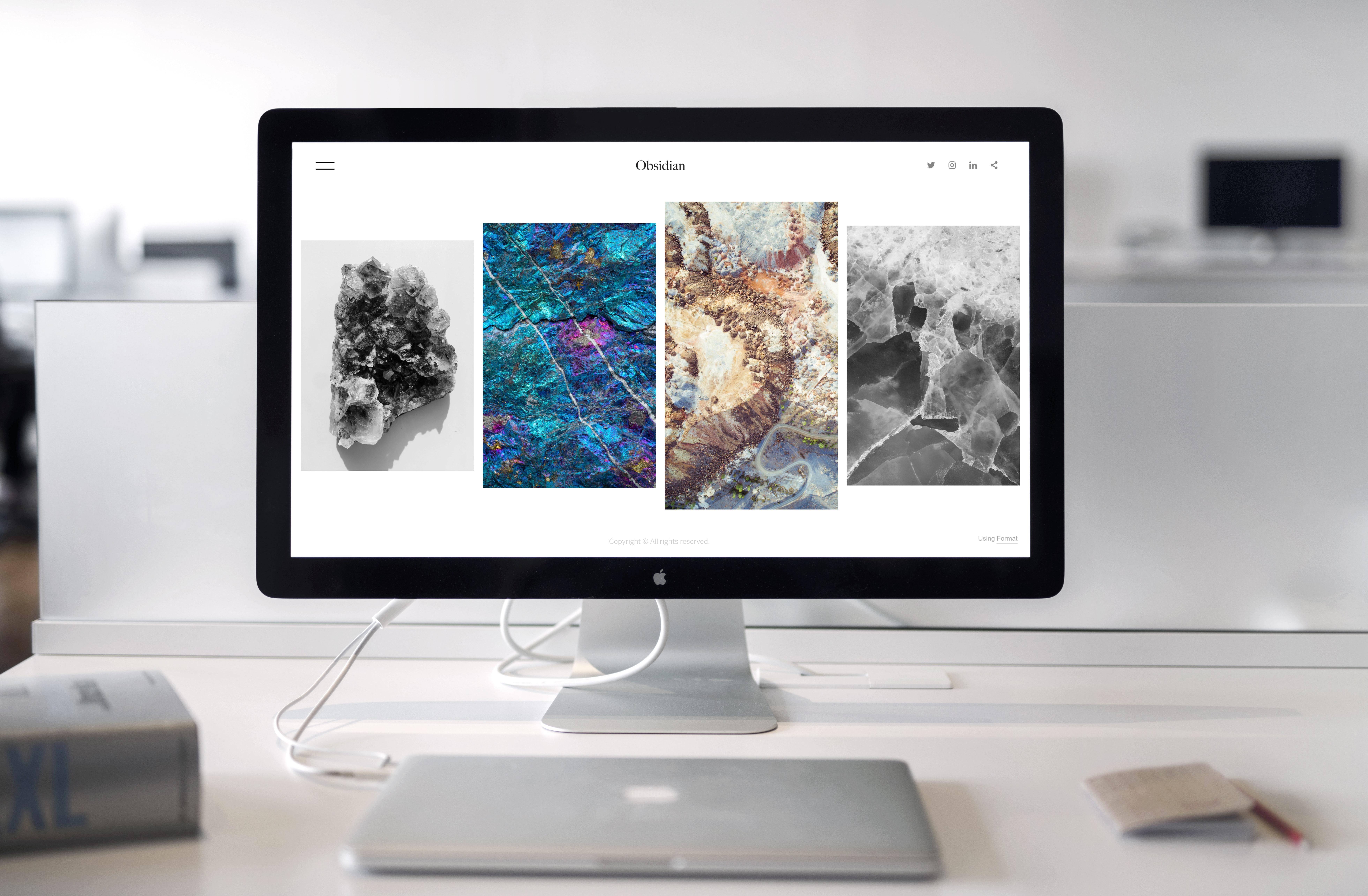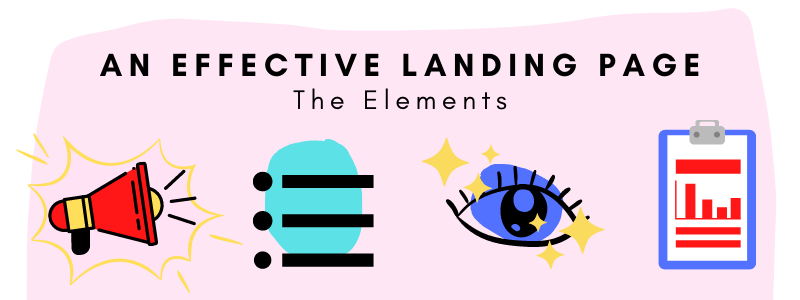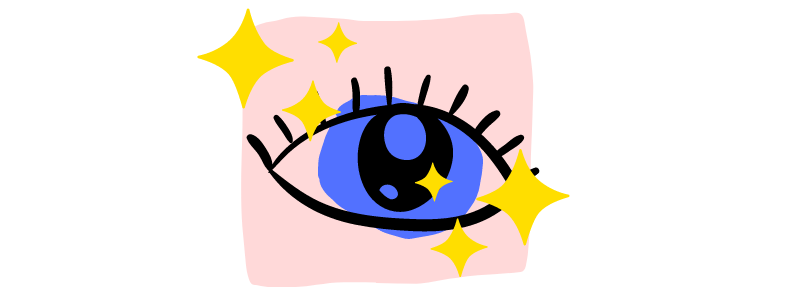- Blog Home
- Content
- Ciara Antolini
- Elements Of An Effective Landing Page
Elements of an Effective Landing Page

There are seemingly infinite elements within website content writing in the complex digital world. And amidst them lies a recurring term called the landing page. The landing page essentially refers to a specialized web page that draws organic traffic (i.e., leads). These are the coveted bridges between your brand/business and first-time customers - AKA boundless opportunities.
With organic traffic, the sky is truly the limit. With an effective landing page, you can gain a constant stream of leads that find your page without word of mouth, referrals, or much prompting. But first, you’ll need to identify the cogs in the machine and ensure they stay well-oiled.
Is My Homepage a Landing Page?
The short answer? No. Your homepage might contain CTAs (call to action) to convert site visitors, but it also has plenty of other distracting elements. A typical home page contains brand/business information and navigational links to other parts of the website, which take away from the focus of a CTA.
A landing page has only one purpose: convert site visitors into leads.
So with that out of the way, let’s explore the components that separate a starred landing page from the forgotten ones floating in the cyber wasteland.
Must-Have Elements on a Landing Page
Your landing page is essentially the digital form that a visitor fills to access a specific service, product, or promotion. It is the final barrier in the lead-qualifying process. You’ll need to engage your target audience with full force.
Therefore, every word, placement, image, or video on your landing page must make an impact on your audience. Seeing how crucial landing pages are to your overall online business, you should revise the content regularly to keep them optimized.
Attention-grabbing headline
As the saying goes (as dark as it sounds), cut the head, and the body follows. It’s the same for landing page headlines. Without a clear and concise headline, your site visitors will likely brush your CTA aside or KIV perpetually. A compelling headline sows the seeds of interest within your reader that drives them to read on and proceed further along that marketing funnel.
Ideally, your headline should be less than seven words long. If you’ll need to clarify your offer, there’s always the sub-headline or first paragraph of your body to do the trick. For example, your headline might read, “Happier Dogs Go For Walks,” while the sub-headline goes into detail on your offering: “Award-winning Dog-walking App Approved by Vets.”
Bullet Points
Bullet points make your landing page much more appealing, especially when visitors are already on the edge of conversion. Save the lengthy and eloquent paragraphs for your blogs, emails, and other promotional content on your site. Your landing page is like a well-structured product description, promoting the main features/benefits using enticing phrases and without too many words.
Attractive Visuals
Humans are visual creatures. Strategically placed images or videos on your landing page will attract your visitors, which helps with the conversion. However, rather than just uploading your company logo or a stock image, it pays to fine-tune your landing page visuals. Specifically, you should upload images that strike a chord with your audience.
Some effective strategies include the portrayal of people (visitors naturally empathize with faces rather than non-human designs), the tactical use of colors (i.e., blue promotes trust and calmness), and infographics that make information digestible.
Concise Form
A landing page provides an offering in exchange for your visitor’s information. The process requires an intuitive digital form with the right length. Too long, and the form seems interrogative, while limited fields don’t provide the precious information you need to assess a lead’s preference and buyer journey.
Ask only for the information you need. If you are promoting a language app, there’s no practical need to ask for a person’s career or position within the company. Excess information makes form-filling tedious, and visitors will likely drop their applications before submission. The use of white space between fields will make your form more visually appealing, whereas cluttered layouts may turn away your potential lead.
Additionally, your form should have an introductory statement to offer clarity on its purpose. For example, “fill this form to gain immediate access to our online workshop demo.” Where possible, keep your visitor focused and mindful of the CTA in every little possible way.
Prominent CTA Button
Buttons are the universal symbols of online interaction. Although they seem simple enough, buttons comprise a few artistic elements that affect user experience. These include its color, font, and written message.
Your button should be in a color that makes it highly visible compared to the rest of your landing page, along with a clear font. But more importantly, a button with a highly actionable message. For example, rather than going with a default “submit form” button text, consider “sign me in!” Aside from enhancing your brand’s personality, an active button text encourages your visitors to become an active part of your initiative.
Hiring Writers for the Perfect Landing Page
While there are some visual elements to a landing page, most of its magic lies in quality copy. And for quality copy, you’ll need professional writers you can trust to bring your ideas to life. The writer hiring process is complex across the internet - with so many options but little assurance of quality.
At Scripted, we eliminate doubt with a pool of vetted writers guaranteed to deliver quality content exactly to expectations (if not exceeding them). Your website deserves the best treatment to achieve the ideal response from your visitors. Try the Scripted platform today to create the landing page you’ve always desired, with no fuss or wild guesses.



